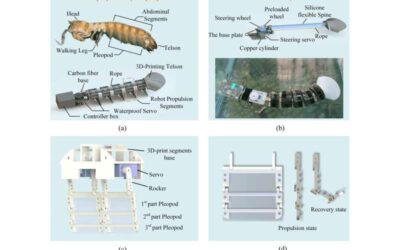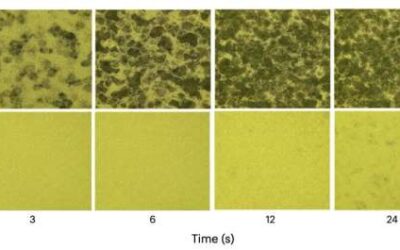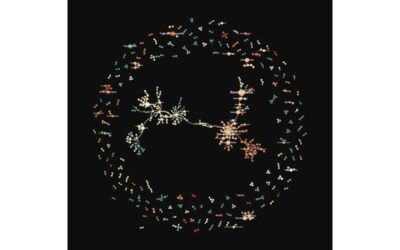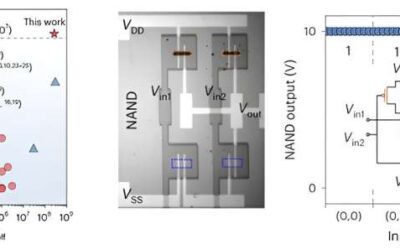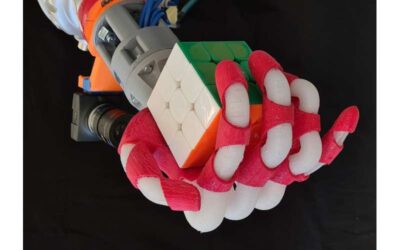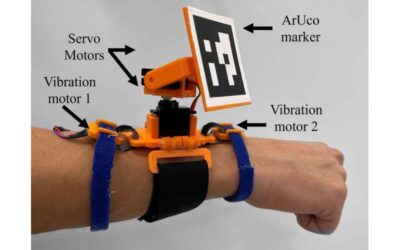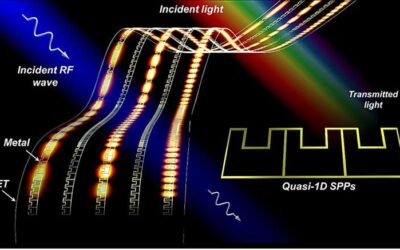Nature is the primary source of inspiration for many existing robotic systems, designed to replicate the appearance and behavior of various living organisms. By artificially reproducing biological processes, these robots can help tackle complex real-world problems...
Engineering
Researchers demonstrate field-free switching of a commercial PMA ferromagnet at room temperature
Magnetic random-access memories (MRAMs) are data storage devices that store digital data within nanomagnets, representing it in binary code (i.e., as "0" or "1"). The magnetization of nanomagnets inside these memory devices can be directed upward or downward.
Highly performing metal halide perovskite solar cells fabricated in ambient air
Metal halide perovskites, solution-processable materials with advantageous optoelectronic properties, have recently emerged as suitable candidates for developing photovoltaic technology. Recent studies demonstrated metal halide perovskite-based solar cells (PSCs) with...
A human-inspired robotic hand based on a modular structure
In recent years, roboticists have developed increasingly sophisticated robotic systems designed to mimic both the structure and function of the human body. This work includes robotic hands, grippers that allow robots to grasp objects and manipulate them like humans do...
A strategy to fabricate highly performing tin perovskite-based transistors
Metal halide perovskites are semiconducting materials with advantageous optoelectronic properties, low defects and low costs of production. In contrast with other emerging semiconductors, these materials can be easily synthesized via affordable solution processing...
Scientists create soft and scalable robotic hand based on multiple materials
Robots based on soft materials are often better at replicating the appearance, movements and abilities of both humans and animals. While there are now countless soft robots, many of these are difficult to produce on a large-scale, due to the high cost of their...
Researchers fabricate phase-heterojunction all-inorganic perovskite solar cells with an efficiency above 21.5%
Solar technologies have become increasingly advanced over the years, with the discovery of new photovoltaic materials and designs. While solar cells based on a mixture of organic and inorganic halide perovskite materials have been the topic of numerous research...
An origami-inspired universally deformable module for robotics applications
Modular robots—robotic systems that can adapt their body configuration to change locomotion style or move on different terrains—can be highly advantageous for tackling missions in diverse environments. Over the past decade or so, engineers have developed a wide range...
A novel motion-capture system with robotic marker that could enhance human-robot interactions
Motion capture (mocap) systems, technologies that can detect and record the movements of humans, animals and objects, are widely used in various settings. For instance, they have been used to shoot movies, to create animations with realistic lip and body movements, in...
New transparent metadevices based on quasi-1D surface plasmon polariton structures
Transparent electronic devices could have numerous valuable real-world applications. Among other things, they could enable the creation of new optical devices, smart gear or wearables, invisible solar panels and integrated communication systems.

